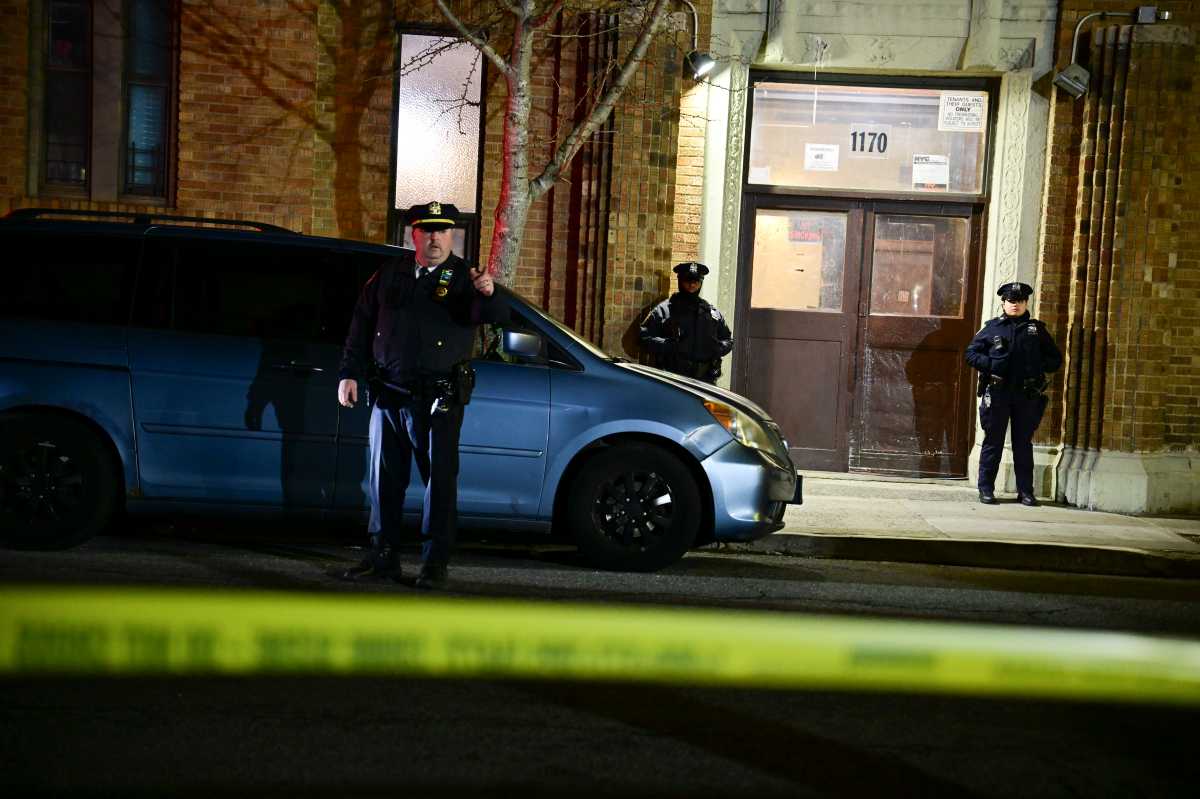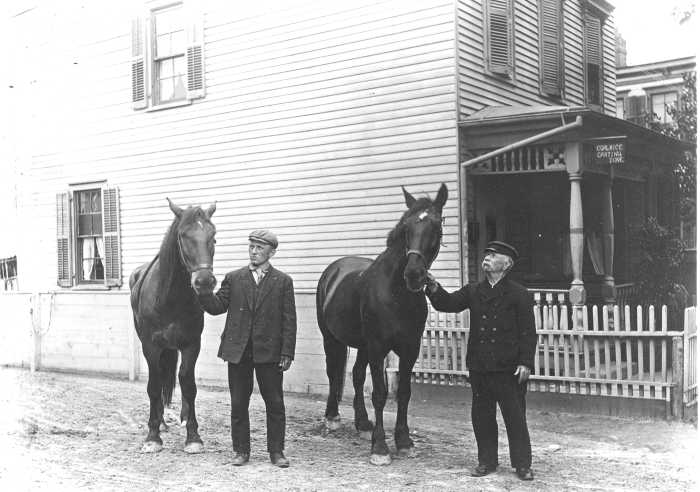By Ivan Pereira
During a closed-door meeting at Borough Hall last week, Marshall and members of the Uniformed Firefighter's Association and Uniformed Fire Officer's Association discussed ways to reduce the time it takes for the first fire trucks to get to the scene of a blaze.”She basically presented some concerns and possible solutions,” said Dan Andrews, the borough president's spokesman. “Four minutes and 58 seconds was the average time in Queens [in 2007]. That's the highest in all five boroughs.”Last year the citywide average response time for firefighters was four minutes, 27 seconds, according to the FDNY.Andrews said Marshall asked the leaders of both unions to come up with a list of solutions that could alleviate the problem and reduce other errors. The borough president did not give the unions a specific time to present those comments, according to Andrews, but she plans to work with them again soon.Tom Butler, a spokesman for the UFA, said his union supports Marshall's stand against the slow response times because getting to the scene of a fire is just the beginning of battling a blaze in Queens.”It takes nearly six minutes for a five-man engine company to get from their truck to the floor of the fire,” he said. “It [the response times] misleads New Yorkers that it will be the time to be rescued.”Butler said the issues came to his union's president's attention after three serious Queens fires occurred within a week last month.On Feb. 21, firefighters took five minutes to respond to the scene of a blaze in Corona, where a 5-year-old boy died. Four days later, an 87-year-old woman died in her St. Albans home after the UFA said the city failed to send an adequate number of ladder companies to a two-alarm blaze.On Feb. 26 a firefighter from Ladder 143 in Woodside was hospitalized for treatment of serious burns to his hands, face and neck after his squad was dispatched to the wrong address of a fire in Jamaica.”That fire, the response time was 16 minutes and 10 seconds,” Butler said.UFA President Steve Cassidy blamed the errors on a new Queens pilot program instituted by the FDNY on Feb. 13 to reduce the lagging times. The program puts emergency calls out before all pertinent information has been collected from the caller, according to Cassidy in a statement.”The real issue remains that this is not enough fire coverage in Queens,” he said in a statement. “Rather than increase resources to address the elevated response times the department has implemented another band-aid approach with disastrous results from the continued failed leadership of the fire department.”A spokesman for the FDNY said the new system, which is being implemented over a 90-day period, initially gives firefighters the basic information, such as location and the nature of the fire, and rapidly relays further details as the dispatcher gets it. The spokesman said the results of the program were looking good so far.”We have seen a significant decrease in response time to structural fires when compared to the same time last year. Average response times dropped 24 seconds in Queens. We will continue to monitor the progress of the 90 days of the trial program,” he said.Reach reporter Ivan Pereira by e-mail at ipereira@timesledger.com or by phone at 718-229-0300, Ext. 146.































